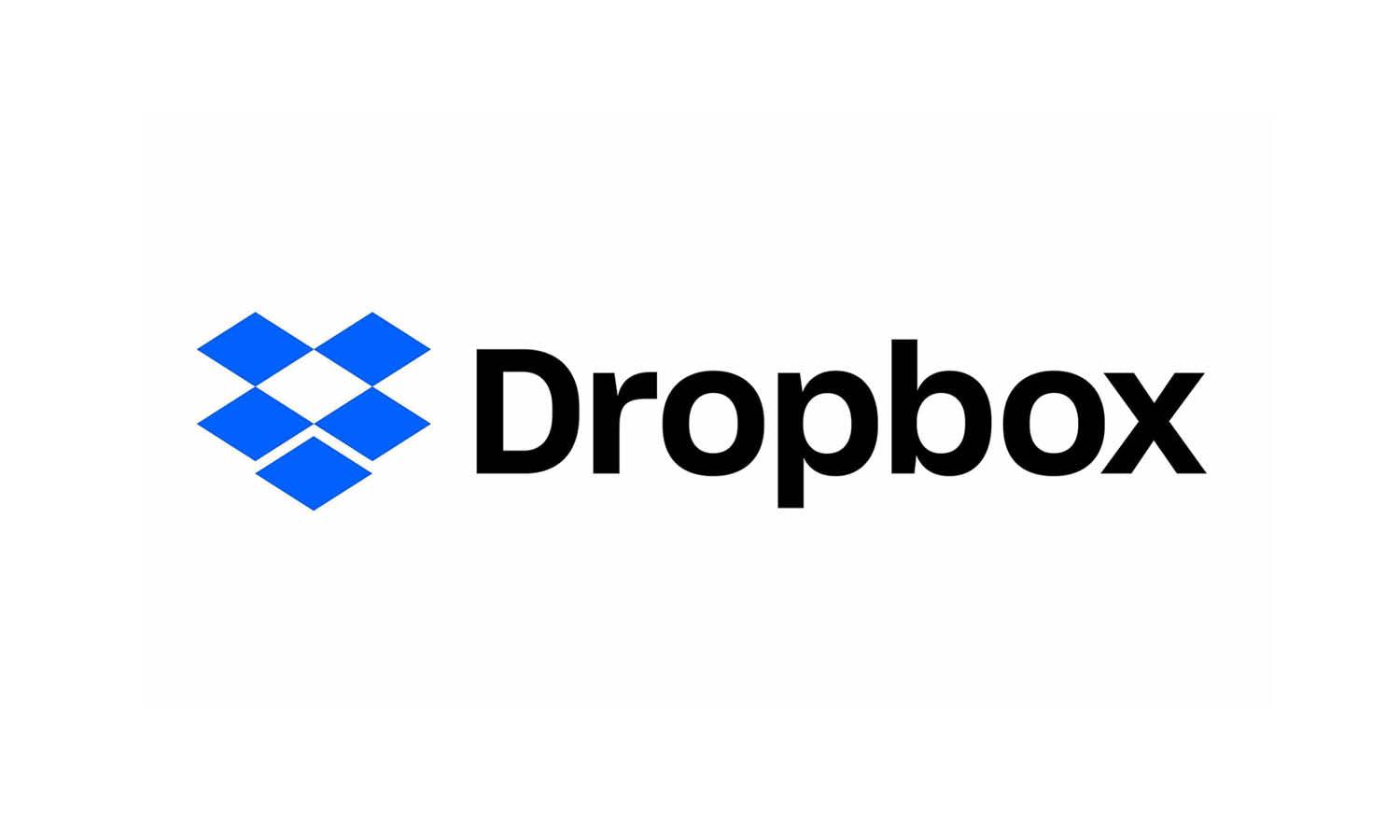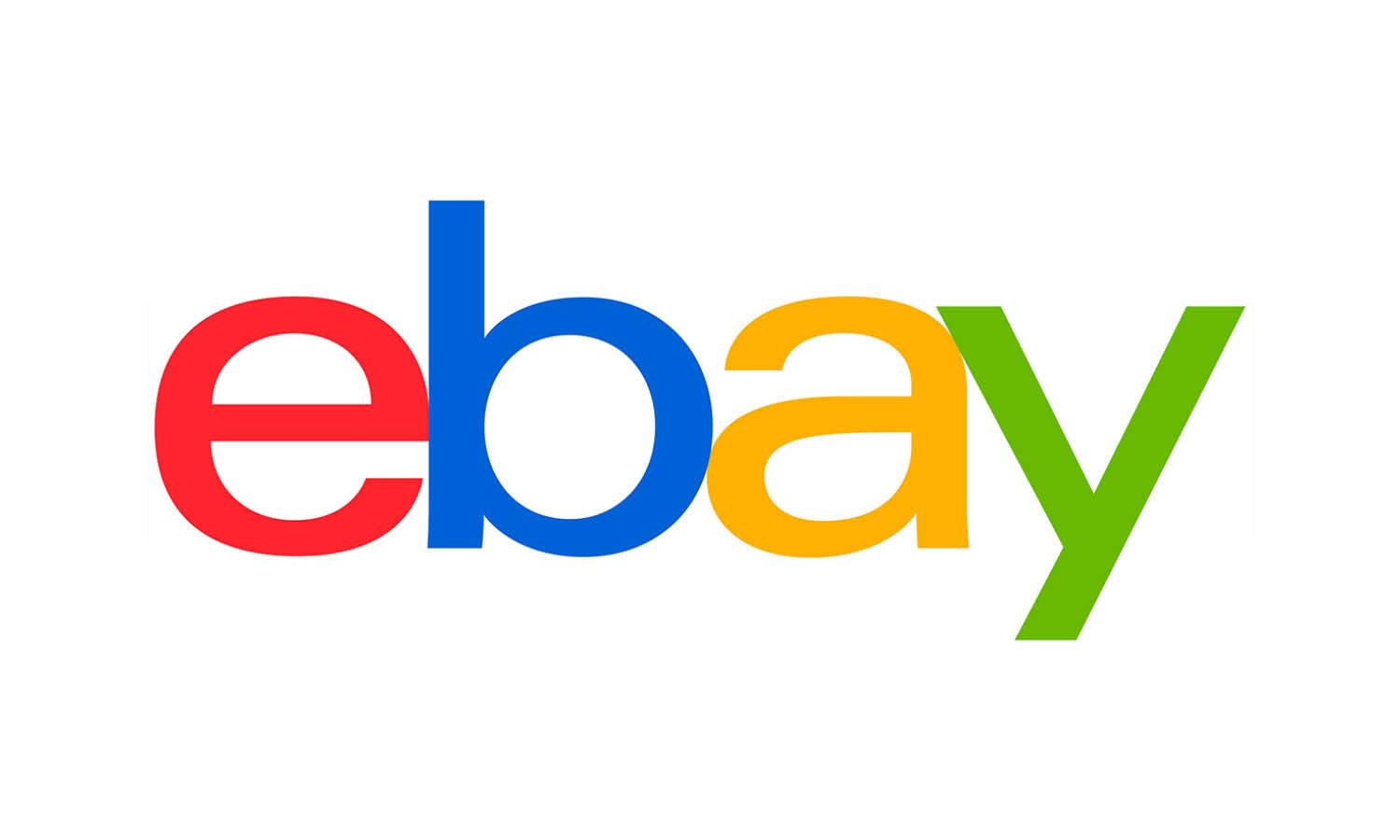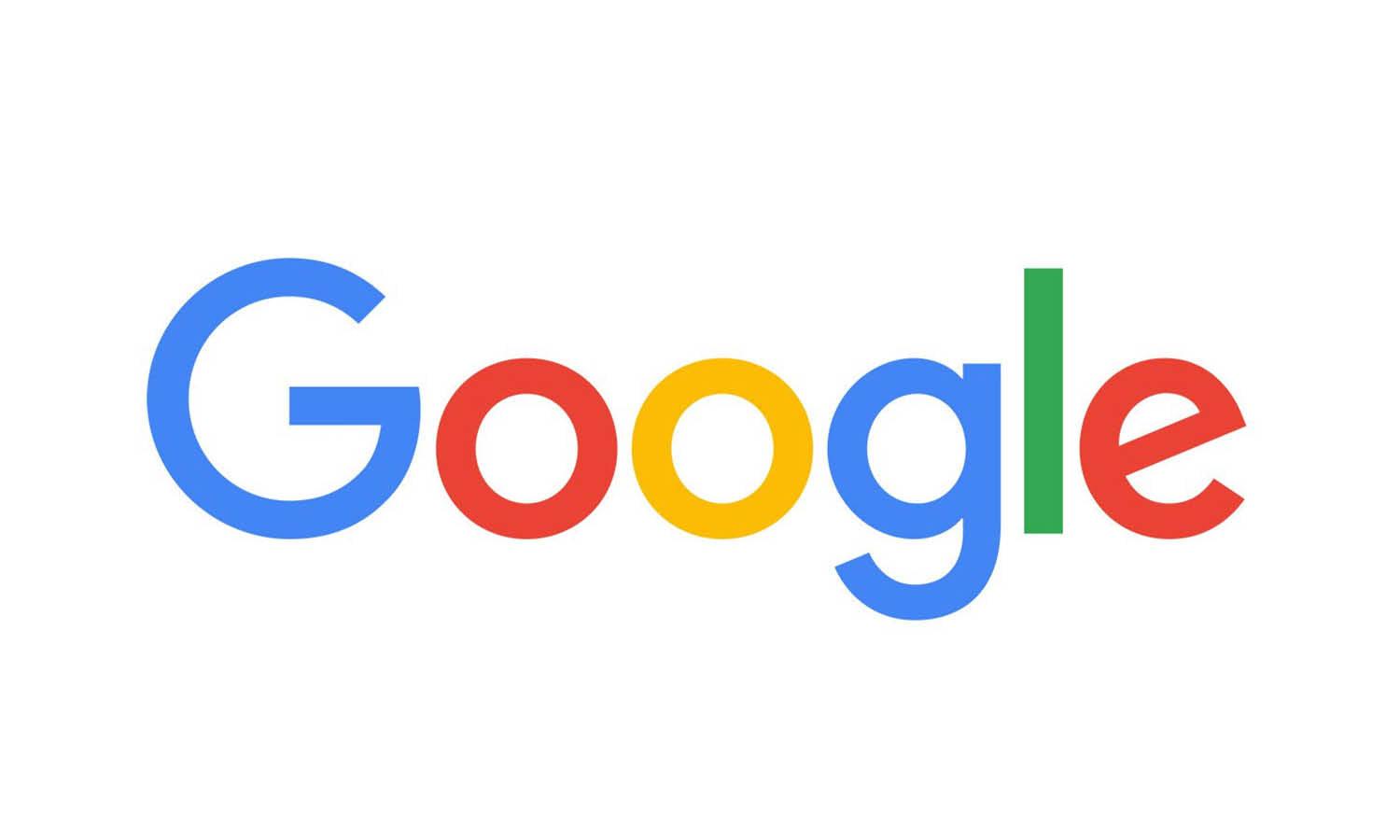Amazon Logo Design: History & Evolution

Image Source: https://www.aboutamazon.com/ | Image Courtesy: Amazon
When it comes to iconic imagery, the Amazon logo design is a perfect example that resonates with people all over the world. If you're a graphic designer, you've likely marveled at its simplicity and yet profound ability to communicate the brand's message. In this article, we'll dive deep into the Amazon logo design: its history, evolution, and the creative genius that shaped one of the most recognizable symbols in the business world.
Whether you're an aspiring designer seeking inspiration or a seasoned professional looking to uncover the story behind this legendary design, there's something intriguing about the journey that led to the smiling arrow we all know today. From humble beginnings to an emblem of online retail excellence, the Amazon logo design has become a textbook example of effective branding. So grab your favorite design tool, settle in, and join us as we explore the fascinating world of Amazon logo design!
Amazon Logo Design History
1995 - 1997
The inception of the Amazon logo design in 1995 marked the beginning of an intriguing journey in branding. Those early years, specifically from 1995 to 1997, provide a valuable lesson in the evolution of a logo from a mere concept to a symbol of global recognition.
In 1995, Amazon's initial logo featured a rather straightforward design, showcasing a bold black typeface with the "A" and "Z" connected by a swooping line. This symbolized the company's aspiration to provide everything from A to Z, aligning with the tagline, "Earth's biggest bookstore." This Amazon logo design was a clear statement of the brand's purpose but was still in its developmental stage.
By 1997, as Amazon began to expand beyond books, the logo design saw subtle refinements. While retaining the original connection between the "A" and "Z," changes were made to bring a more cohesive and polished appearance to the brand. The overall aesthetic began to reflect the company's growth and ambition during this transformative period.
For graphic designers, the Amazon logo design from 1995 to 1997 offers an inspirational case study. It's an illustration of how a design can evolve with a brand, adapting to its changing identity and goals. It's also a testament to the creativity and vision required to craft a logo that both symbolizes and grows with a company.
This early stage of the Amazon logo design wasn't just about visual aesthetics; it was a strategic branding effort that helped shape the perception of a budding online retail giant. Looking back, we can appreciate the raw creativity that went into forming this iconic logo, understanding that even the most globally recognized symbols have humble, experimental beginnings.
The Amazon logo design from 1995 to 1997 represents a significant chapter in graphic design history. It's a compelling example of how creativity, foresight, and adaptability can translate into a visual identity that resonates with millions. Whether you're an aspiring designer or a seasoned professional, the lessons embedded in this stage of Amazon's logo evolution hold timeless insights into the art of crafting a meaningful and enduring design.

Image Courtesy: Amazon
1997 - 1998
The years 1997 to 1998 marked a critical turning point for the Amazon logo design. During this period, Amazon was rapidly evolving, and its logo was, quite naturally, transforming alongside the brand. The transition from an emerging online bookstore to an internet retail giant demanded a fresh, innovative approach to branding, and the Amazon logo design of this era encapsulates that metamorphosis.
In 1997, the Amazon logo still retained elements of its original design, with a connection between the "A" and "Z," representing the company's expansive product range. However, as the year progressed, a desire for a more sophisticated image led to some significant changes.
The breakthrough came in 1998 when the company introduced a new logo, one that we can recognize as the precursor to the modern Amazon logo. This updated Amazon logo design featured the now-famous lowercase typeface with a smiling arrow connecting the "A" and "Z." It was more than a mere design tweak; it was a strategic shift that transformed the logo into a friendly and welcoming emblem, symbolizing customer satisfaction and the breadth of Amazon’s offerings.
Graphic designers can appreciate the thoughtfulness behind this design. The transition to the smiling arrow wasn't just about aesthetics; it was about encapsulating the company's philosophy and mission. This Amazon logo design was a visual representation of a brand committed to delivering happiness from A to Z.
Analyzing this shift, it's clear that the Amazon logo design from 1997 to 1998 was far more than a surface-level rebranding. It was a profound reflection of a company in transition, striving to connect with its expanding audience. It symbolized Amazon's growth, ambition, and relentless focus on customer satisfaction.
This period in Amazon logo design history offers a rich lesson in the power of strategic branding. It demonstrates how an insightful design can not only capture a company's essence but also resonate with its audience on an emotional level. The transformation of Amazon's logo during these critical years provides both inspiration and a practical guide for designers looking to understand how to translate a brand’s evolution into a compelling visual identity.
The Amazon logo design story from 1997 to 1998 is an exciting chapter in design history and a testament to the dynamism, creativity, and intelligence that goes into crafting a logo that stands the test of time.

Image Courtesy: Amazon
1998 (First Change)
The year 1998 marked a monumental shift in the Amazon logo design that graphic designers and brand enthusiasts will find both intriguing and inspiring. It was during this time that Amazon unveiled a change that would set the course for its future identity: the introduction of the lowercase logotype.
Prior to this, the Amazon logo had undergone a series of evolutions, but the 1998 redesign brought forth a fresh, engaging appearance that continues to resonate to this day. The lowercase logotype gave the Amazon logo design a softer, more approachable look, reflecting a shift in the company's brand personality.
But it wasn't just about changing the typeface. The new Amazon logo design cleverly incorporated a smiling arrow that connected the "A" and "Z," symbolizing the company's commitment to delivering happiness and providing everything from A to Z. This small yet significant touch added a layer of meaning to the logo, turning it into more than just a visual mark but a statement of the brand's philosophy.
What makes the 1998 Amazon logo design so compelling is how it masterfully blends simplicity with depth. On the surface, it's a clean and minimalistic design, yet it carries a strong message that speaks to the heart of what Amazon represents. The decision to switch to a lowercase logotype wasn't merely a stylistic choice; it was a thoughtful, strategic move that aligned with the brand's evolution.
For graphic designers, this change in Amazon logo design is a powerful example of how even subtle alterations can create a lasting impact. It's about understanding the essence of a brand and translating it into a visual form that resonates with its audience. The Amazon logo's transition to a lowercase logotype wasn't just a redesign; it was a reimagining that breathed new life into the brand.
Today, the Amazon logo design is synonymous with online retail, and the changes made in 1998 have played a significant role in shaping this perception. By infusing the logo with meaning and personality, Amazon created an emblem that goes beyond mere aesthetics and delves into the soul of the brand.
This chapter in the Amazon logo design story serves as a rich source of inspiration and insight for graphic designers. It's a testament to the power of thoughtful design and how the right changes can encapsulate a brand's identity, values, and aspirations. It’s a lesson in design innovation that resonates not just as a historical landmark, but as a guidepost for the future of creative branding.

Image Courtesy: Amazon
1998 (Second Change)
The Amazon logo design journey of 1998 wasn't confined to just one transformation. After introducing the lowercase logotype, the company took another bold step in the same year, unveiling a second change that featured an uppercase logotype and a distinctive circle symbol.
This period's Amazon logo design is often overshadowed by its more recognized successor, but for graphic designers, it's a fascinating chapter worth exploring. The uppercase logotype gave the logo a renewed sense of authority and confidence, reflecting the company's growing presence and ambition.
Alongside the uppercase letters, the logo also integrated a circle symbol that encompassed the 'O.' This element added a unique visual flair to the Amazon logo design, although its meaning and purpose were never fully articulated by the brand. Whether it was intended to symbolize global reach, unity, or another brand value, it certainly gave the logo a distinct and memorable appearance.
However, the uppercase logotype and circle symbol were relatively short-lived. These elements did not become as iconic as the later iterations of the Amazon logo, and the brand soon moved towards a design that has become synonymous with the company today.
Yet, the 1998 second change in Amazon logo design holds valuable lessons for graphic designers. It serves as a reminder that even the most successful brands may go through phases of experimentation and refinement before arriving at a logo that truly resonates. It's a testament to the creative process's dynamic nature, where not every change leads to an enduring design, but every step contributes to the final masterpiece.
For graphic designers interested in branding and the evolution of iconic symbols, the Amazon logo design's 1998 second change offers an intriguing glimpse into the iterative process of logo development. It underscores the importance of aligning design with brand identity and the willingness to adapt and evolve, even when it means abandoning elements that don't quite hit the mark.
In the grand tapestry of Amazon's logo history, this particular design may not have lasted, but its influence and the lessons it offers continue to resonate. It's a unique chapter in the Amazon logo design story, reflecting a time of exploration, bold decisions, and the relentless pursuit of a visual identity that truly encapsulates the spirit of a brand.

Image Courtesy: Amazon
1998 - 2000
The Amazon logo design from 1998 to 2000 is a hallmark example of branding done right. This period saw Amazon return to a lowercase logotype, introduce a bold font, and implement the yellow curve line that we all associate with the brand today. These changes were not mere stylistic choices; they were deliberate decisions that encapsulated Amazon's essence.
Reverting to the lowercase was more than just a design preference. It gave the Amazon logo design a casual, friendly appearance that resonated with the brand's approachable and customer-centric image. This seemingly simple choice made the logo more relatable and aligned with the ever-expanding and diverse customer base that Amazon was reaching.
The introduction of a bold font added an extra layer of impact to the Amazon logo design. It provided a sense of strength and confidence, reflecting Amazon's burgeoning status as an online retail powerhouse. It wasn't just about making the logo stand out; it was about visually communicating the authority and reliability that Amazon had come to represent.
Perhaps the most iconic change during this period was the yellow curve line, a subtle yet powerful symbol connecting the "A" and "Z." More than just a stylistic flourish, this curve line, resembling a smile, became a visual representation of Amazon's mission to provide everything from A to Z with customer satisfaction at the core. It turned the Amazon logo design into a visual story that connected with customers on an emotional level.
For graphic designers, the Amazon logo design from 1998 to 2000 offers rich insights into how design can align with brand identity. It's about understanding the brand's values, goals, and audience, and translating them into visual elements that communicate those attributes effectively. The choices of lowercase, bold font, and the yellow curve line were not random; they were carefully considered decisions that contributed to making the logo a timeless symbol.
This period in Amazon logo design history is a masterclass in visual storytelling and strategic branding. It shows how thoughtful design choices can turn a logo into an emblem that resonates, inspires, and becomes synonymous with the brand it represents. It's a lesson in design that goes beyond aesthetics and delves into the heart of what makes a logo truly effective and iconic.

Image Courtesy: Amazon
2000 - Present
From 2000 to the present day, the Amazon logo design has become synonymous with the brand itself, an emblem representing one of the world's most prominent online marketplaces. This logo, characterized by a lowercase typeface and the notable yellow arrow symbolizing a smile, has not only become instantly recognizable but also symbolizes the philosophy and values of Amazon.
The Amazon logo design during this period is a masterpiece in visual communication. By simply adding a yellow arrow connecting the letters "A" and "Z", the logo illustrates that Amazon offers everything from A to Z, with a focus on customer satisfaction. The smile-like curve of the arrow resonates with the brand's mission to make people happy, while its simplicity ensures that the logo remains both memorable and versatile across various platforms and applications.
For graphic designers, the Amazon logo design's ongoing success is an insightful case study in effective branding. It demonstrates how a single, well-thought-out visual element can encapsulate a company's entire ethos. It's a lesson in minimalism, emphasizing that often, less truly is more. By stripping away unnecessary embellishments, Amazon's logo emphasizes what's most essential about the brand.
The choice of color also plays a significant role. The yellow arrow in the Amazon logo design is not just a decorative feature; it is a strategically chosen color that evokes feelings of warmth, positivity, and energy. Combined with the smile, it creates a welcoming and friendly impression that aligns with the brand's approach to customer service.
Moreover, the logo's enduring appeal over more than two decades is a testament to the power of timeless design. It highlights the importance of creating a logo that can adapt and grow with a brand, reflecting its evolving identity without losing its core essence.
In the ever-changing world of online retail, the Amazon logo has remained a consistent and powerful symbol. Its design encapsulates the brand's focus on customer satisfaction and its comprehensive offerings, all in a visually compelling and memorable way. For those in the graphic design field, the Amazon logo design from 2000 to the present serves as an inspiring example of how creativity, simplicity, and strategic thinking can come together to create an iconic and lasting brand image.

Image Courtesy: Amazon
Analysis: Amazon Logo Design Evolution
The Amazon logo design evolution is a fascinating journey that speaks volumes about the brand's growth, transformation, and unwavering focus on customer satisfaction. As one of the most recognizable logos in the world, its development offers invaluable insights into the principles of branding, simplicity, and innovation. Here, we'll explore five key aspects of the Amazon logo design evolution that make it a compelling study for graphic designers and branding enthusiasts.
Adaptation to Brand Growth
Amazon's transition from an online bookstore to a global e-commerce giant was mirrored in its logo. The Amazon logo design evolved from a literal representation of the brand as a bookstore to a universal symbol signifying everything from A to Z. This adaptability not only maintained the logo's relevance but also allowed it to reflect the brand's expanding horizons, a vital lesson in how logos must grow with a brand.
Embracing Simplicity
One of the most striking aspects of the Amazon logo design evolution is the journey towards simplicity. By gradually shedding unnecessary elements, the logo moved from a complex image to a clean and minimalistic design. This simplicity, embodied in the elegant lowercase typeface and the smile-like arrow, made the logo more versatile and memorable, highlighting the power of minimalism in effective logo design.
Symbolism and Storytelling
Amazon's logo is more than just a visual identifier; it's a story. The yellow arrow forming a smile signifies a customer-centered approach and the wide range of products offered. This subtle yet profound symbolism turns the Amazon logo design into a narrative that communicates the brand's values, illustrating how visual elements can encapsulate a brand's ethos.
Timelessness
Despite the rapid changes in technology and market trends, the Amazon logo design has remained consistent for over two decades. Its timelessness stems from its strong alignment with the brand's core values, clear visual communication, and adaptive simplicity. This enduring appeal is a lesson in creating logos that resonate across generations, emphasizing the importance of timeless principles over fleeting trends.
Color Psychology
The use of yellow in the Amazon logo design was a deliberate choice to evoke warmth, happiness, and positivity. This choice of color plays a psychological role in shaping the viewer's perception and emotions, offering a glimpse into how color can be strategically used to reinforce a brand's message.
The Amazon logo design evolution is a rich tapestry of lessons in branding, design, and communication. From its humble beginnings to its current iconic status, the logo's journey offers invaluable insights for graphic designers. It underscores the importance of alignment with brand identity, the power of simplicity, the art of visual storytelling, the pursuit of timelessness, and the strategic use of color. It's a masterclass in design that resonates, inspires, and continues to shape the landscape of modern branding.

Image Source: https://www.aboutamazon.com/ | Image Courtesy: Amazon
The Philosophy & Meaning Behind Amazon Logo Design
The Amazon logo design is not merely a visual identifier; it's a clever representation of the brand's philosophy and underlying principles. As one of the most iconic symbols in modern branding, the Amazon logo has a lot to teach about conveying a brand's essence through design. In this section, we will delve into the philosophy and meaning behind the Amazon logo design, shedding light on five critical aspects that make it more than just an eye-catching image.
A Customer-Centric Approach
The Amazon logo design's most recognizable feature, the smile-shaped arrow, reflects the company's relentless focus on customer satisfaction. It symbolizes the joy and satisfaction that Amazon aims to deliver to its customers. This smile is a constant reminder of Amazon's commitment to prioritizing the customer experience, showcasing how design can align with and enhance a company's mission.
Comprehensive Offerings
Connecting the letters "A" and "Z" with the arrow, the Amazon logo design communicates that the company provides everything from A to Z. This single design choice encapsulates the wide array of products and services offered by Amazon, giving an instant understanding of the brand's breadth. It's a subtle yet powerful way to represent the brand's expansive nature.
Simplicity and Accessibility
Amazon's logo embodies simplicity, mirroring the brand's approach to make online shopping easy and accessible. The uncomplicated design of the logo, with a clean font and minimalistic color palette, resonates with Amazon's philosophy of simplifying the shopping experience. It serves as an example of how design simplicity can reflect a brand's core values.
Positive Emotional Connection
The use of the color yellow and the smile-like curve in the Amazon logo design evokes feelings of warmth, happiness, and positivity. These design choices foster a positive emotional connection with the audience, creating a welcoming and friendly image. It illustrates how visual elements can go beyond aesthetics to engage the audience emotionally.
Timeless Appeal
The Amazon logo design has stood the test of time, maintaining its relevance and appeal through changing trends and market dynamics. This timelessness stems from its alignment with universal principles such as satisfaction, comprehensiveness, and simplicity. It's an illustration of how grounding a design in fundamental truths can create an enduring and universally resonant symbol.
The Amazon logo design is a remarkable synthesis of philosophy, meaning, and visual artistry. Its subtle nuances, from the choice of color to the symbolic arrow, reflect a well-thought-out philosophy that aligns with the brand's identity. These five aspects of the Amazon logo design serve as invaluable lessons for graphic designers, demonstrating how a logo can be more than just a visual mark but a reflection of a brand's soul. Whether it's the customer-centric smile or the representation of comprehensive offerings, the Amazon logo stands as a masterful blend of design thinking and brand storytelling.

Image Source: https://www.aboutamazon.com/ | Image Courtesy: Amazon
What Can We Learn from Amazon Logo Design
The Amazon logo design is more than just a symbol; it's a textbook example of effective branding and design thinking. From its color to its composition, every aspect of the logo communicates a specific message and connects with the audience in a unique way. In this exploration, we'll look into five crucial lessons that graphic designers can glean from the Amazon logo design, offering insights that can be applied across various branding projects.
Power of Simplicity
The Amazon logo design's minimalist approach illustrates that complexity doesn't necessarily lead to effective communication. By using a simple yet creative concept, the logo becomes both memorable and versatile. This underscores the principle that less can indeed be more, especially when it comes to crafting visual identities that need to be adaptable across different mediums and contexts.
Emphasizing Brand Values
Amazon's customer-centric approach is eloquently conveyed through the smile-like arrow in its logo. This symbol alignment with brand values showcases how a logo can be more than an attractive design but a reflection of the company's ethos. It highlights the importance of deeply understanding a brand's core values and expressing them through visual means.
Strategic Use of Color
The Amazon logo design's choice of yellow, associated with warmth and positivity, demonstrates how color can significantly influence a logo's perception. It reveals the need for thoughtful consideration of color psychology, ensuring that chosen colors align with the brand's message and appeal to the targeted audience.
Creating a Timeless Design
The Amazon logo has endured over two decades without appearing dated. This timelessness is achieved through focusing on essential and universal concepts rather than fleeting trends. It's a lesson in creating logos that are future-proof, resonating with audiences for years to come.
Visual Storytelling
One of the most exciting aspects of the Amazon logo design is its ability to tell a story – offering everything from A to Z with a smile. This element of storytelling infuses the logo with character and meaning, making it not just recognizable but engaging. It illustrates the potential for logos to be narrative tools, encapsulating a brand's story in a simple yet profound visual statement.
The Amazon logo design stands as an instructive model for graphic designers, whether they are seasoned professionals or those just starting their journey. Its clever use of simplicity, alignment with brand values, strategic color choice, timeless appeal, and visual storytelling provides a roadmap for creating logos that are not only aesthetically appealing but also deeply resonant. By studying and internalizing these lessons from the Amazon logo design, designers can elevate their work, crafting logos that not only identify a brand but define it.
Conclusion
The Amazon logo design is more than a branding triumph; it's a creative marvel that reflects key principles of design, branding, and communication. As graphic designers, we can draw inspiration from its simplicity, adaptability, and profound symbolism. It teaches us that a logo can be a storyteller, a symbol of trust, and an enduring icon all at once. Studying the Amazon logo design doesn't just offer a glimpse into a successful global brand; it opens up a world of insights into crafting meaningful and effective visual identities. It's a lesson in design that transcends trends and resonates across generations.
Let Us Know What You Think!
These fantastic logo design articles are written and curated by Kreafolk's team. We hope you enjoy our information and remember to leave us a comment below. Cheers!















Leave a Comment